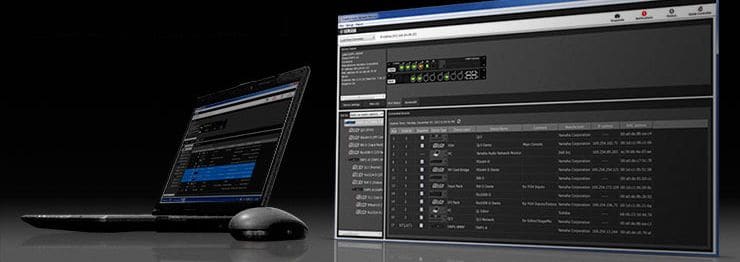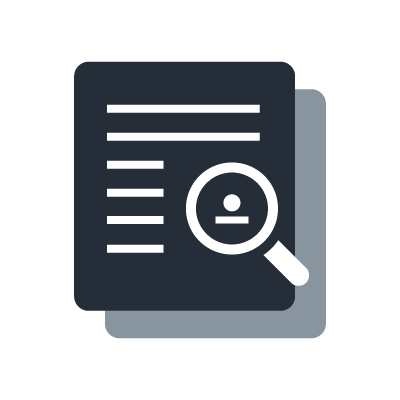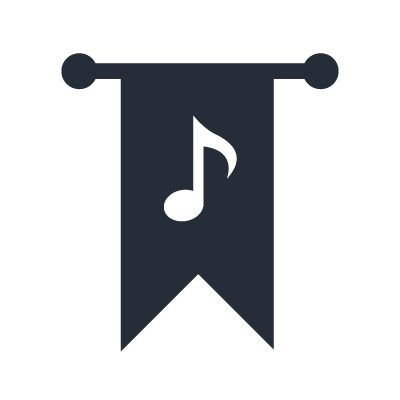NETWORKED AUDIO

Modern audio network protocols are often based on gigabit Ethernet technology, supporting channel counts that we couldn’t dream of 20 years ago. Even a small-scale network is capable of transporting thousands of channels. Because of the full addressing that is inherent to the Ethernet protocol, the bonus is that the network acts as a routing matrix with millions of patch points. There are multiple protocols available, all supporting 24-bit audio streams, some even 32 bits, and high resolution sample rates - so audio quality is not an issue. Timing is assured as all Ethernet protocols use the Precision Time and Quality of Service Protocols, while software and hardware phase-locked loop (PLL) technology has evolved to reduce transport jitter to inaudible levels.
There are several competing networked audio protocols in the market: Dante, Ravenna, Qlan, AVB - to name just a few. We also have the AES67 interoperability standard published as a possible way to connect different protocols at the audio functionality level. The big question is… if they all do the same thing, why are there so many and which one should I choose?
The answer lies in two concepts, which are heavily inter-related. First, there is the political issue of licensing. Some protocols are driven by groups of DSP hardware manufacturers; e.g. Ravenna (Lawo, Genelec, Merging Technologies) and Qlan (QSC). Others are designed as an independent protocol, e.g. Dante (developed by Audinate, a dedicated network company), and AVB (developed by a task group inside IEEE). Now, in 2018, the professional audio market’s adoption of audio networking protocols is geared towards Dante, with over a thousand compatible products available. This means that the design freedom to combine different brands and types of equipment in systems is by far the greatest with Dante. Still, in cases where, for any reason, multiple protocols have to be combined, AES67 can offer a bridge between them.
The second concept is discovery, which is a more practical issue. To configure an audio network a software environment is required, along with a user interface. Discovery of devices and their connectivity options is a must to make the process of configuring connections efficient and reliable. Some protocols use manual addressing to accomplish this; the programmer then has to punch in codes and addresses depending on the devices in the network. Others use an automatic protocol such as Apple Bonjour, connected to a user friendly graphical user interface (GUI). It may be that this concept is the basis for the popularity of Dante, because the Dante controller software automatically finds all Dante devices in a network and displays them in a clear cut routing matrix, presenting all connection points and devices as names instead of hard-to-read numbers or IP addresses.
Dante has grown to become the choice of professional audio manufacturers, with - according to research by RH consulting in 2016 - a market share in today’s projects of over 80% and hundreds of supporting manufacturers. Among them is Yamaha, as the largest musical instrument and pro audio manufacturer in the world, having adopted Dante as the core platform for interoperable audio infrastructure for mixing consoles, digital signal processors, interfaces, microphone pre-amplifiers, i/o racks, peripherals, power amplifiers and switches.
Yamaha’s support for Dante goes deep with, for example, the SWP series of audio network managed switches offering detection and visualisation of an audio network’s topology, showing port status, bandwidth of switch ports and monitoring of the status of each Dante-enabled device that exists on the network. If you’re new to networking, such helpful troubleshooting tools are priceless. In fact, it may even make networking easier than analogue!






